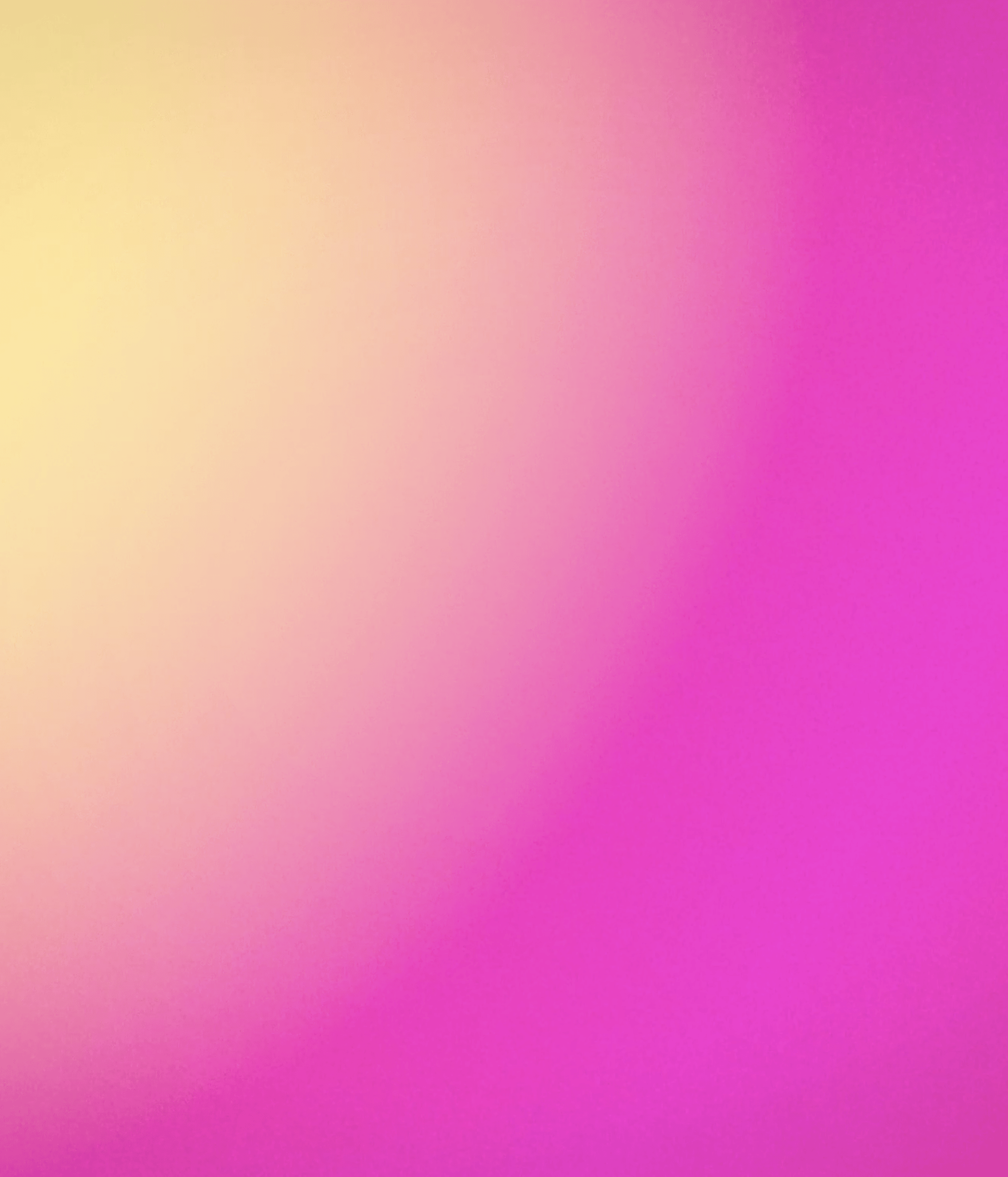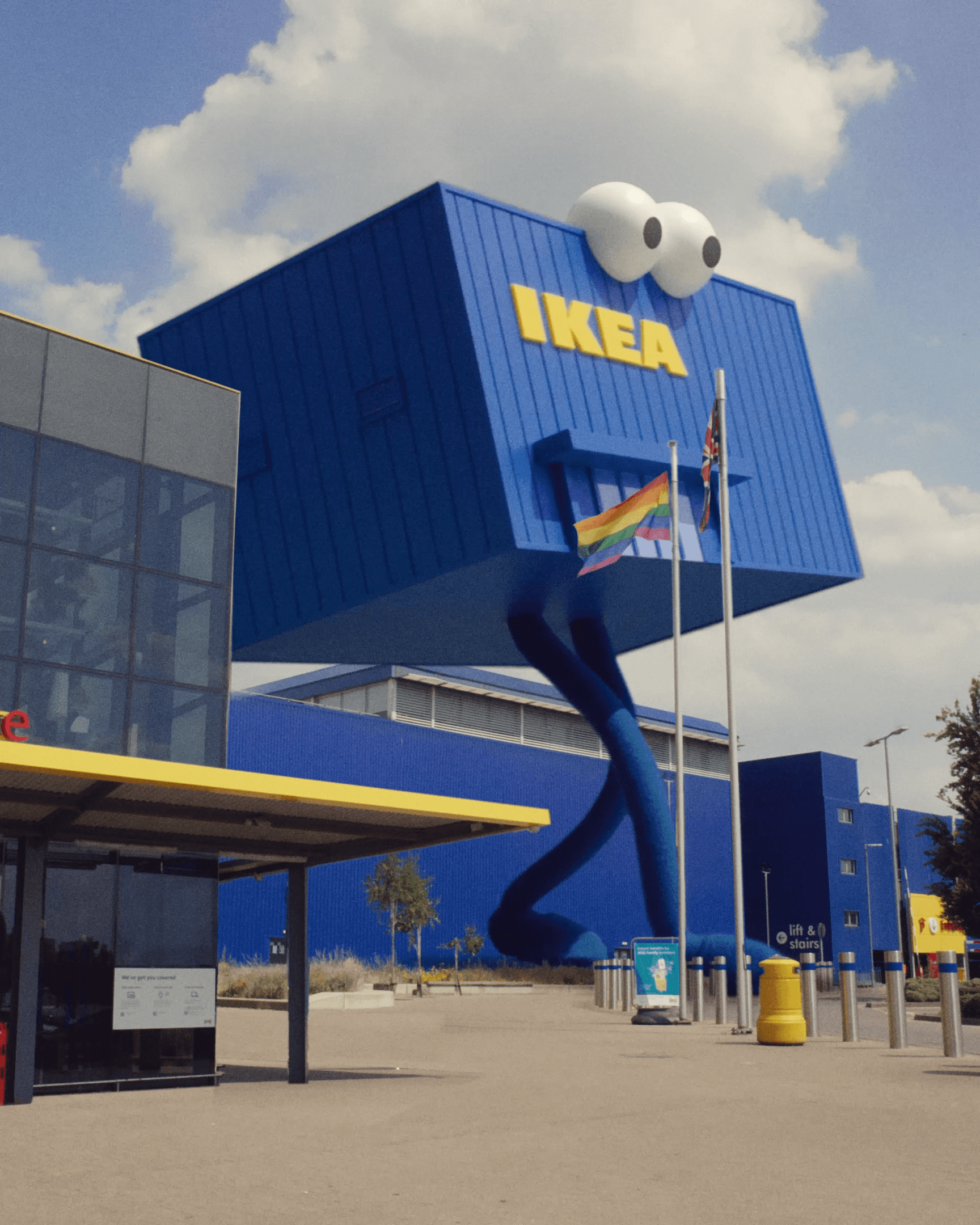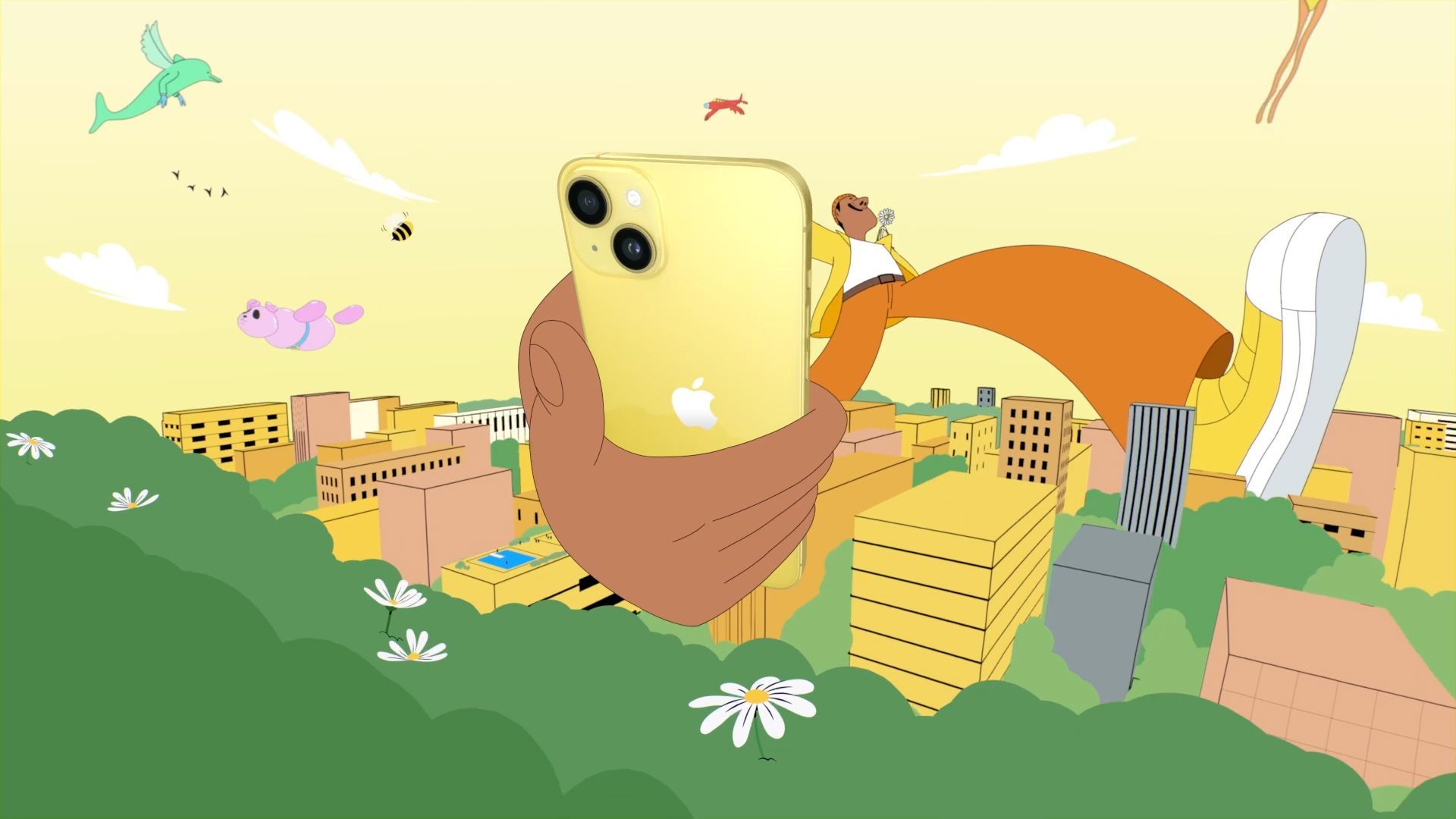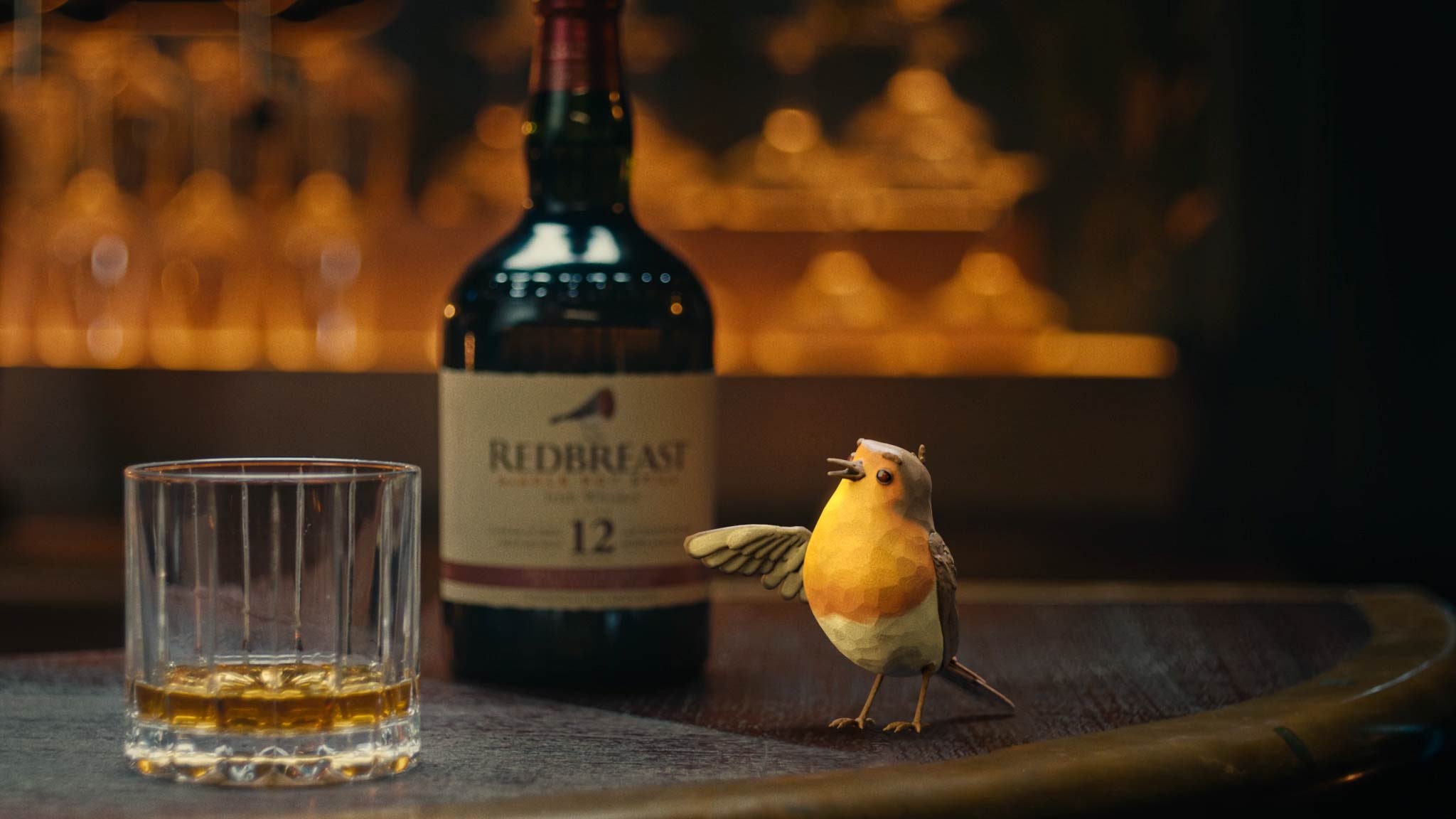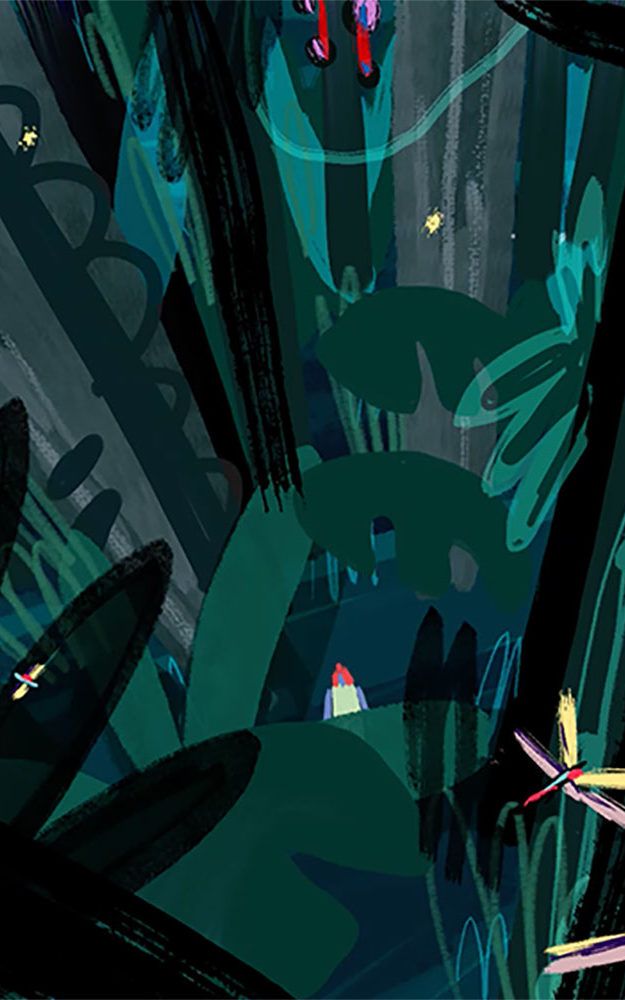
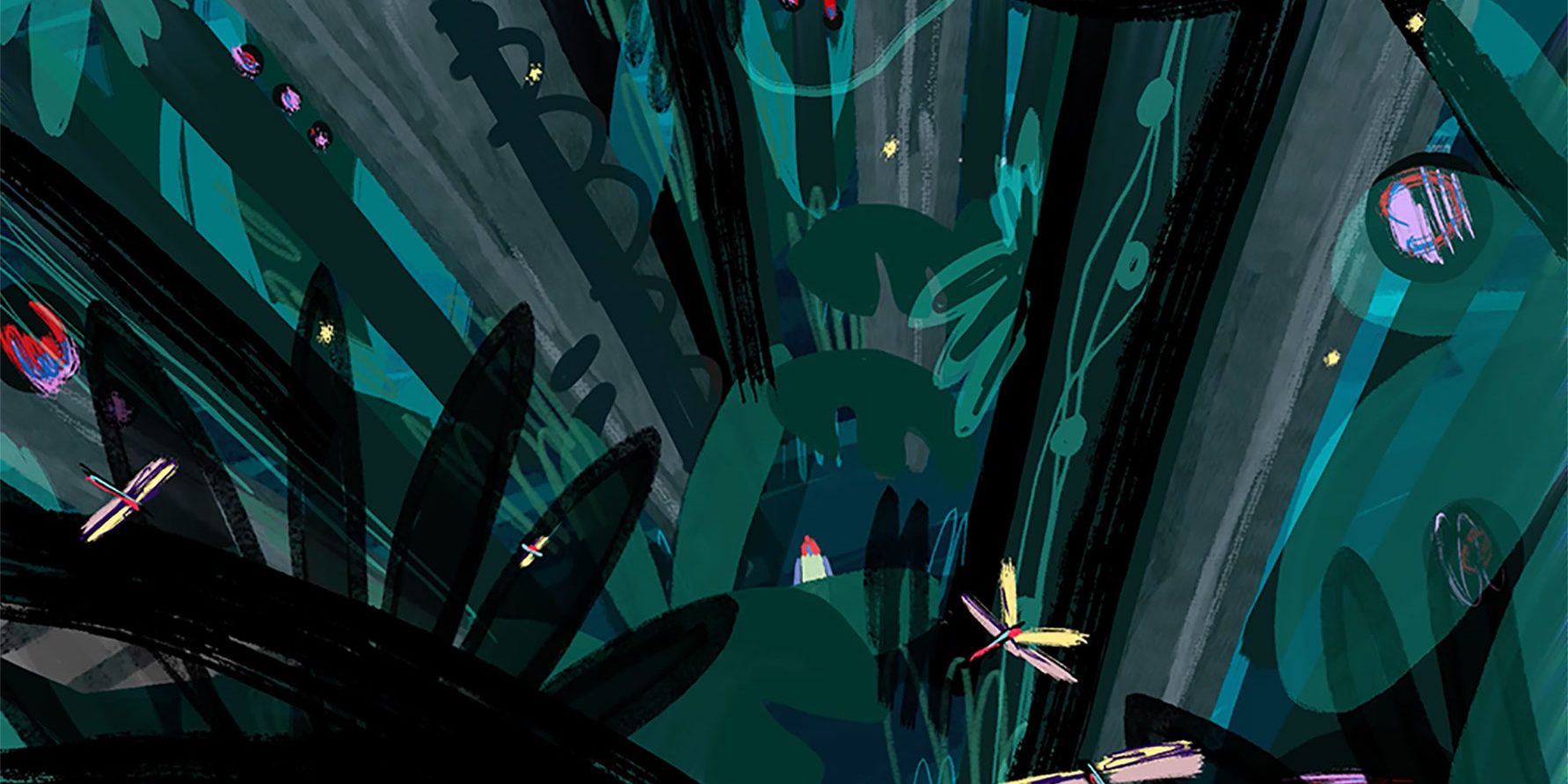
Introducing: Studio Desk
Studio Desk is a craft-driven animation studio led by the female-directing duo of Emily Downe & Kathrin Steinbacher with a skill for narrative storytelling...
To round off the end of a tumultuous 2020 we signed Studio Desk, a craft-driven animation studio led by the dynamic duo that is Emily Downe & Kathrin Steinbacher, both graduates of the Royal College of Art.
Studio Desk is a craft-driven animation studio with a keen skill for narrative storytelling, telling relatable and modern human stories.
We put their storytelling skills to the test with a Q&A to find out a bit more about them. Enjoy!
So what did you both study? What drew you to studying and directing animation?
We both studied BA Illustration Animation at Kingston School of art – that’s where we met! We also both independently decided to further our practice in animation directing in particular at the Royal College of Art’s MA Animation course. We sat side by side independently directing our own films whilst constantly discussing ideas and giving each other feedback. Throughout both our BA and MA courses we often worked small commercial projects together on the side too.
I [Kathrin] started in graphic design. I worked for an Austrian newspaper but then decided to expand my horizon a little bit and moved to the UK to do an Art & Design Foundation Diploma. Tutors there encouraged me to study Illustration Animation after a location drawing workshop. It was really there when I discovered my love for drawing and research. I never really gave it much thought before. When I grew up I didn’t know that this would be something you could make a living. At Kingston I got really interested in the conceptional part of it and got super excited about the possibility of communicating difficult ideas through animation.
My [Emily] journey into animation came from my interest in reportage illustration – documenting through drawing. At Kingston we had to do a short walk cycle project, which was the first time I tried animation… and I caught the animation bug. Making drawings come to life was even better! When I ventured into the world of directing, I just knew it was what I wanted to do and realised it was such a powerful and exciting way to communicate ideas because the possibilities were endless. My interest was still very much in documentary, it had just transitioned to being communicated through animation.
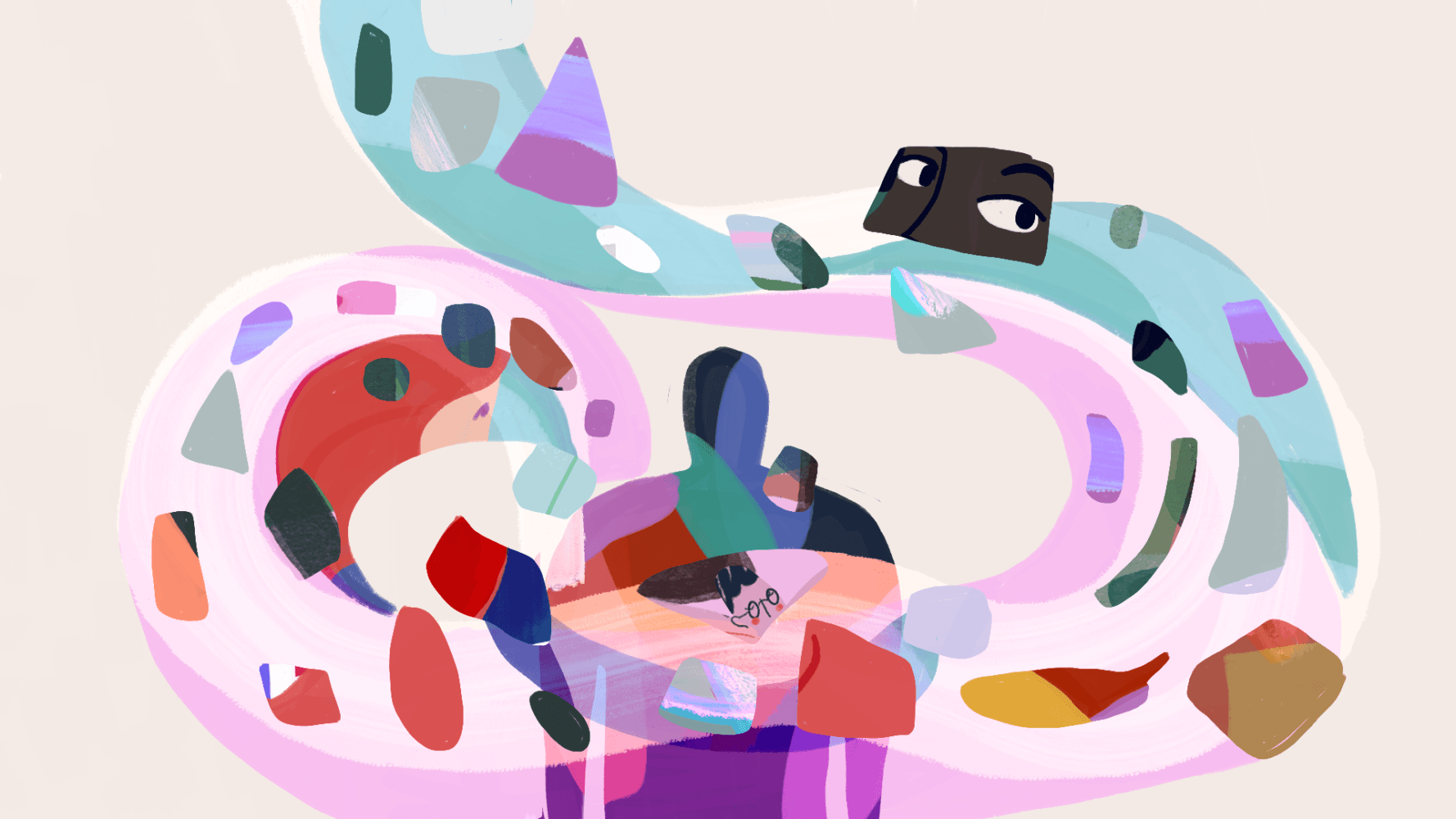
So how did Studio Desk come to life? Where did you meet and when did you decide to officially form a joint studio?
We first worked together at Kingston on a brief for Penguin Random House. We soon realised that we worked really well together and had a very similar vision creatively. Since then we worked on various commercial projects together alongside our studies, realising we had similar stylistic tastes as well.
It wasn’t until the final year at the RCA when we began discussing what we each wanted to do after graduating and as we chatted, we realised that we had similar passions for documentary animation; personal stories, science, philosophy, technology, etc. But most importantly, we were having a lot of discussions between ourselves, and also with our other friends in the animation industry, about why there didn’t seem to be many female directors in the animation industry after graduating. So, we started a passion project – a documentary about women in animation – which enabled us to meet people and make contacts through interviews.
It wasn’t until the pandemic hit that we came up with the idea of the #FlattenTheCurve project. We set up an official Studio Desk instagram account and from there sent out a call for animators to submit a few seconds of animation depicting something keeping them positive in the global lockdown. We didn’t think many people would submit but we had over 100 people sign up and so it was a great way to connect with others in the industry at a very strange time.
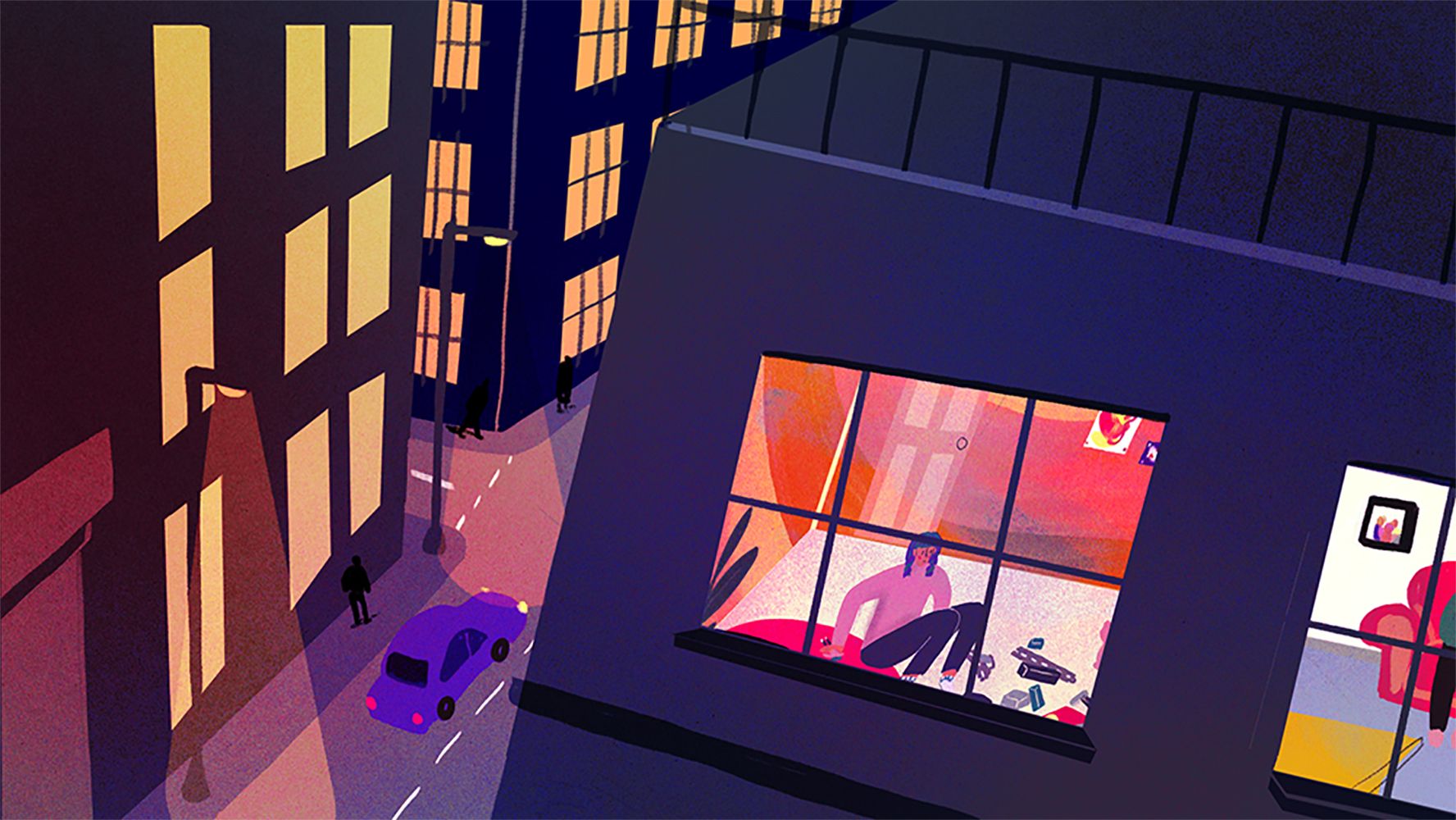
We love the studio name, talk to us about how it came about.
Glad you like it! We struggled for a while to find a name. We wanted something that represented our passion for documentary, research and hand-rendered work. One day the name Studio Desk jumped out at us and we both instantly felt like that was the right name as it encompasses those things – the studio desk is where it all happens!
And ‘DESK’ also happens to be our initials too ;).
When approaching a project as a Directing duo, how do you typically kick things off? Do you both touch all aspects of a project? What is your creative process like?
We love to learn and to really get our teeth into a project or topic so when there is the opportunity we enjoy starting from the very beginning with research and concept and from there creating a vision stylistically and narratively. For projects that already have a fully fleshed out narrative and concept we usually work on the storyboard and production design mostly.
We also both animate, however we often hire a team of animators to work alongside us – especially in tight deadlines. Between us, we tend to divide up sections of the project. We both storyboard, design and animate and have constant communication back and forth to make sure everything works together, but luckily we tend to be on the same wavelength!
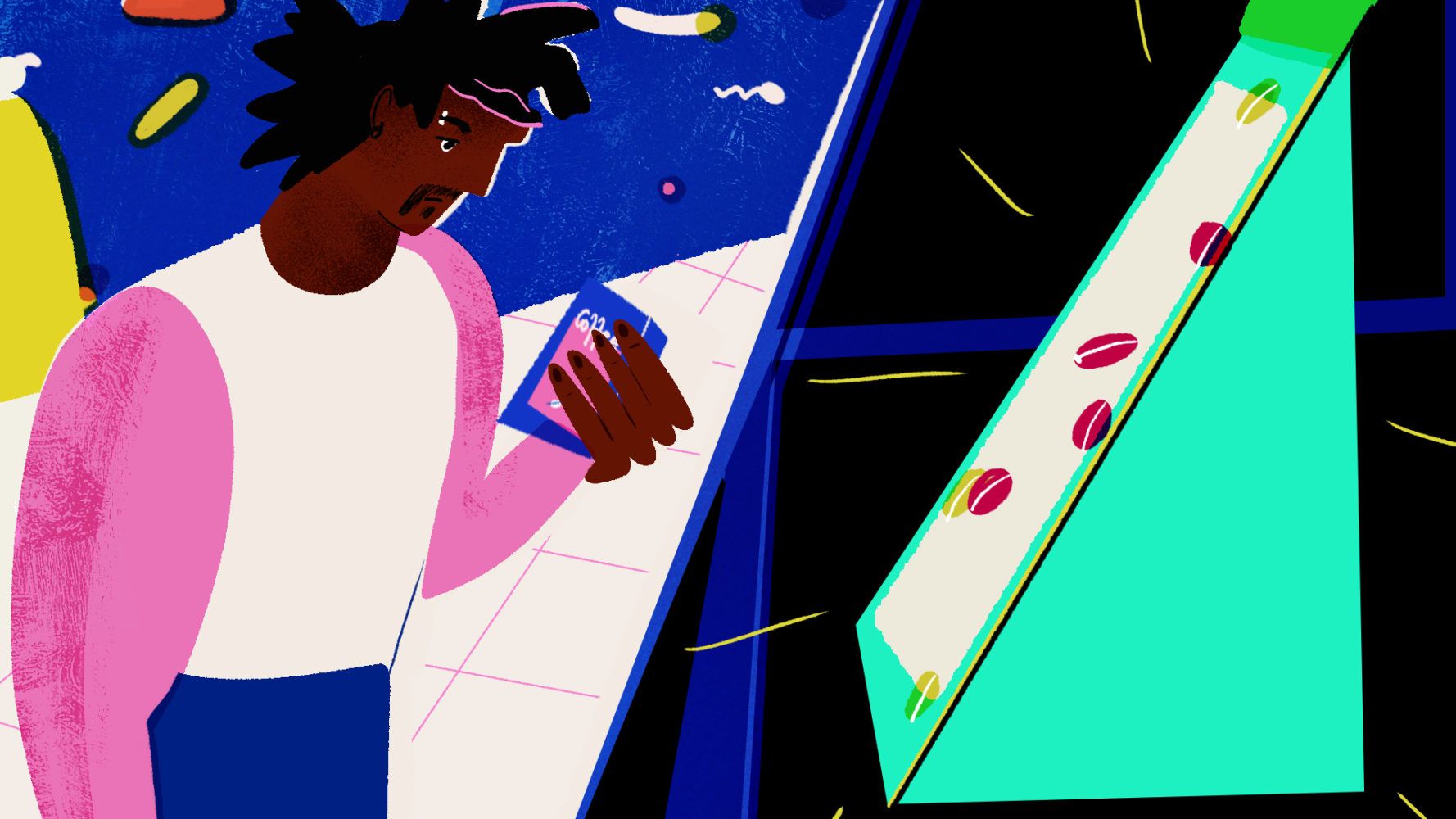
We love the breadth of style in the projects you’ve done as a studio. How would you describe your style as joint directors/creators?
We are drawn to projects that are about the real world; whether it’s a personal story, environmental issues, ideas, science, futuristic predictions etc. anything that animation can be used to communicate the real in a visually compelling and digestible way. That also extends to our visual style which has that hand-rendered, painterly quality to it that shows the direction and pressure of our brushstroke, revealing the human touch.
If you had to describe your studio style/aesthetic in a few words, what would they be.
Earthy, textured and vibrant, with an edge of fantasy.
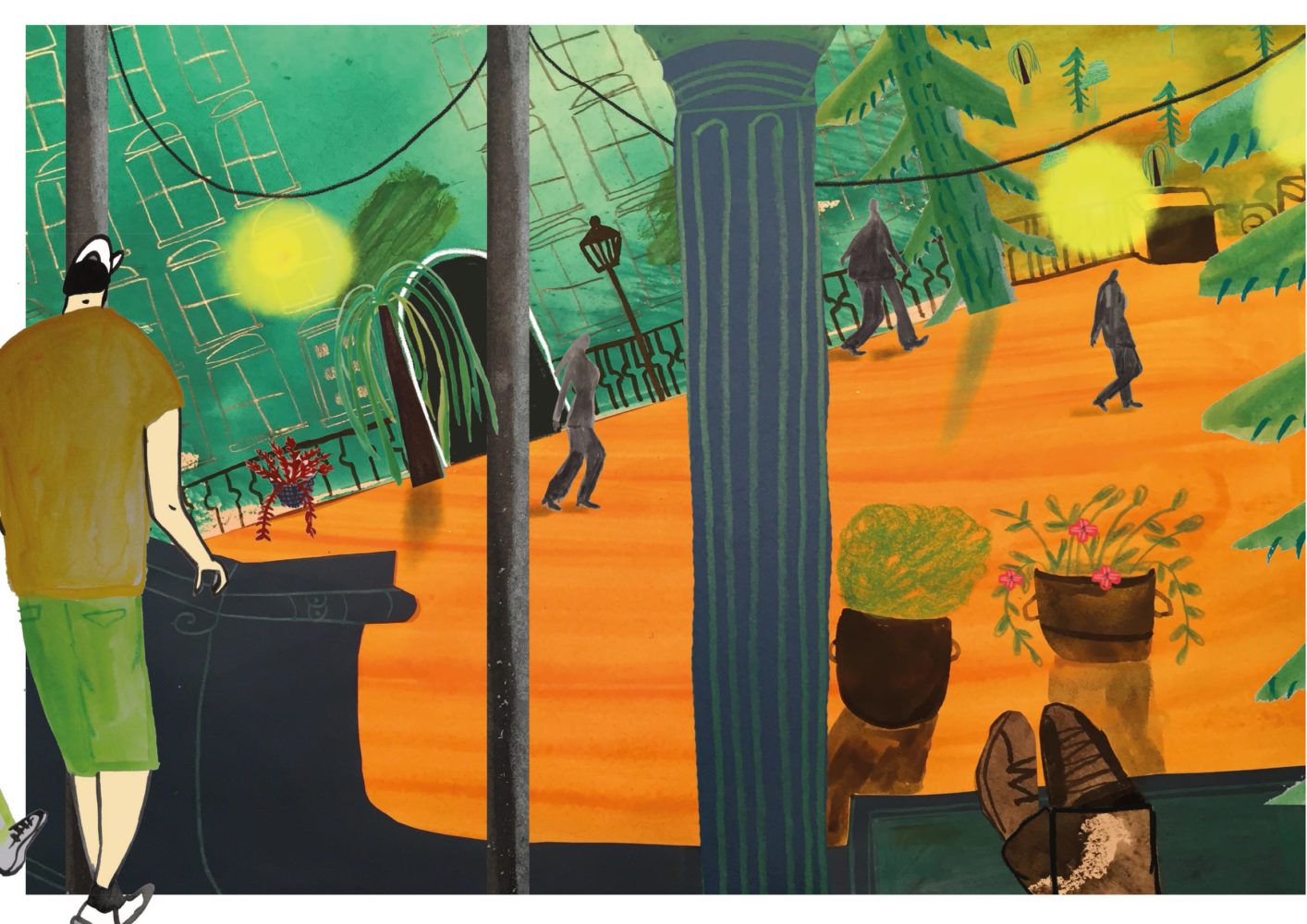
Your design style always has a painterly, textured, really hand-wrought feel to it. Do you work entirely digitally or is there an element of tactile creation first?
It really depends on the concept. The idea comes first and we then decide on the method based on the idea. Sometimes this has to be more organic looking. For instance if you show rough emotions, a more hand-rendered look might be more appropriate to communicate that feeling. We usually always start on paper, especially when it comes to the storyboarding and character development phase. We both have also worked on films that were created entirely on paper, which is something we always love to do when there is a chance.
When working on a commercial brief, how do you ensure that you fulfilled the client brief, whilst also staying true to your style?
We were quite lucky so far and worked on a lot of really creative and exciting briefs. So it still felt very personal, because a lot of clients gave us a lot of creative freedom. This might be the case because clients come to us when they have seen our previous work somewhere before and think we are a good match for the brief.
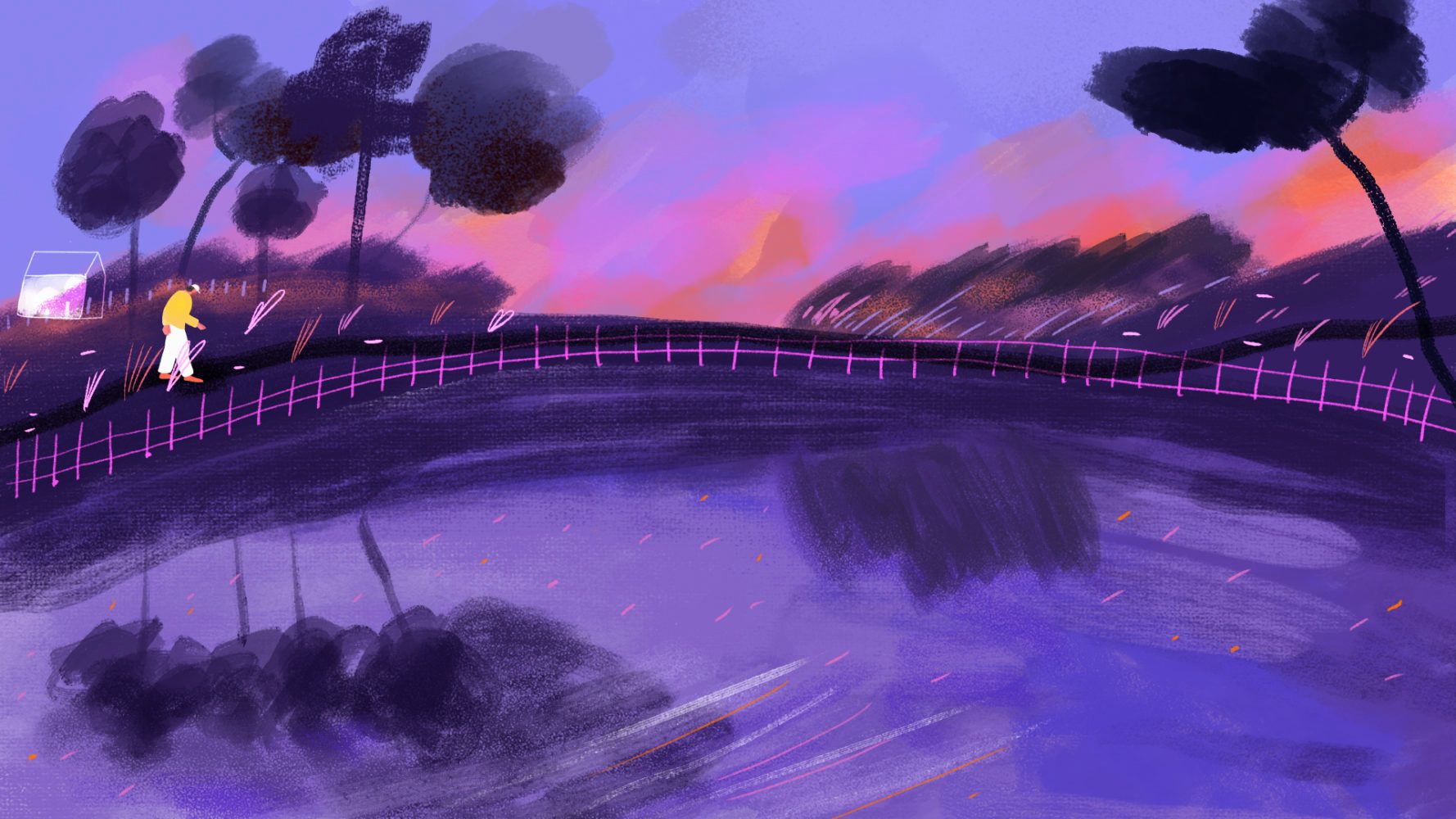
Your ‘Flatten the Curve’ short is such a beautiful example of creative collaboration and what comes of a creatively open brief. How did you come up with it? How long did it take you from creative ideation to final? It’s such a mixed bag of styles and funny micro-themes: did you give any guide regarding general aesthetic and tone, style or colour guidelines, or other directorial vision in your open call to the animation community?
Seeing how many artists and individuals were responding creatively to combat the anxiety of the pandemic and encourage others through it, we thought it would be great to make a collaborative film and see people connect from all over the world by telling their own experiences of COVID-19 through animation. Also, as a lot of people had freer diaries, and for some no work, we wanted to have a project to work on, and thought others might too. We hoped it would encourage people to stay home and see that there are still some positives to come of it. So we sent out a call on social media to any animators who wanted to send us up to 15 seconds of animation depicting something they have experienced, seen, or thought in the midst of this strange time.
This started as a little fun project and we wanted to give everyone as much creative freedom as possible. We directed the film and worked on the editing and animated sections ourselves. There were only two rules: We provided the colour scheme and it had to be something positive they experienced during quarantine. We created a google drive folder. And a google sheet list where people could sign up.
The challenge was trying to make it work as a whole series of three films. Initially we were planning on making one film and were completely overwhelmed with the amount of submissions – something we never expected. That’s the reason why we decided to make a series of 3 films in total and we are currently working on the last one.
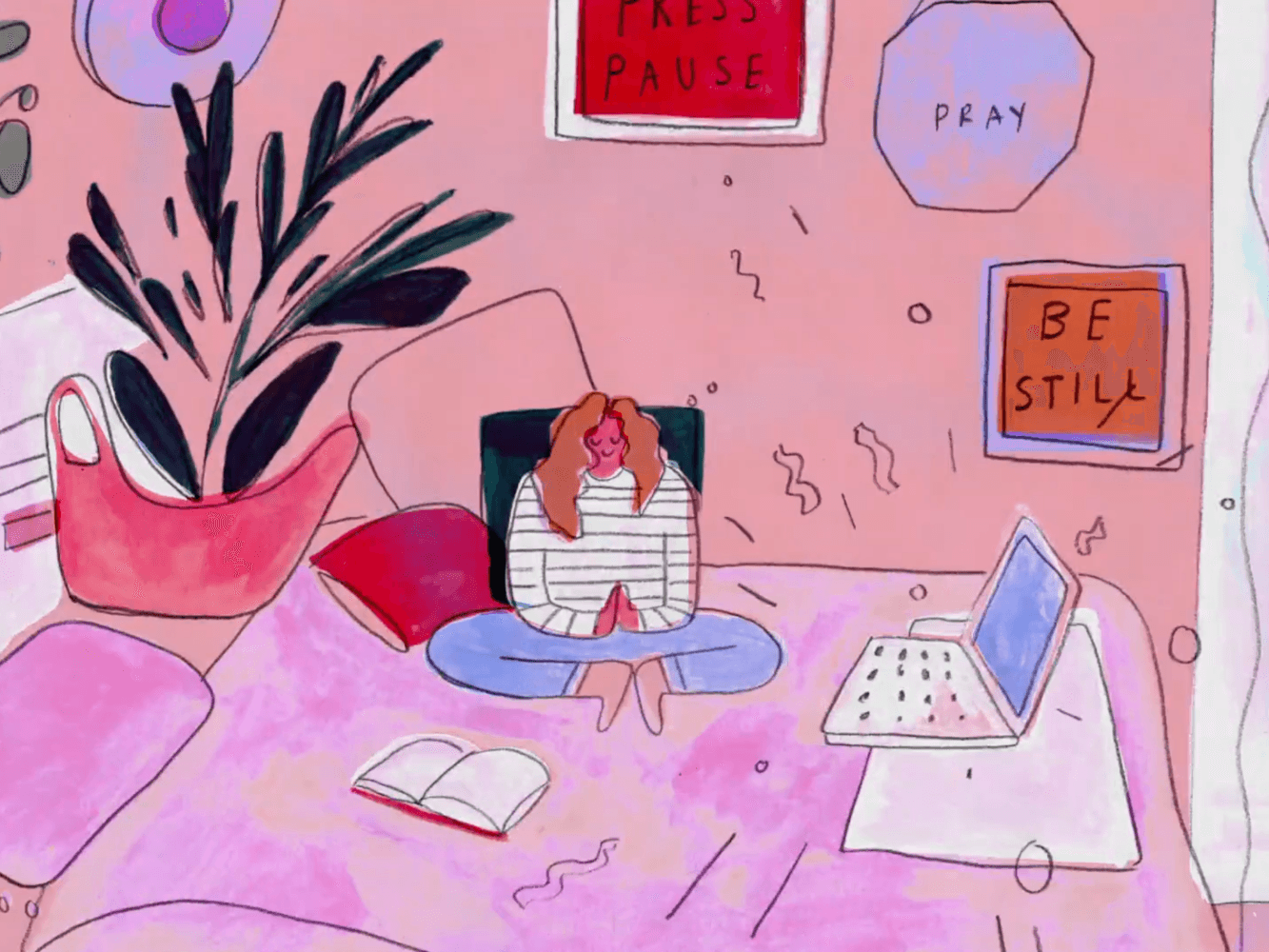
The sound on ‘Flatten the Curve’ is also really unique and adds so much to the spot – was each creator responsible for their sound design? And more generally, how do you view the role of sound/music in tying your work together overall?
We think sound is so important in creating a compelling piece of work and to simply bring the animation to life in the fullest way so we try to also direct the sound/music where there is space to. For the #FlattenThe Curve project in particular, sound and music were so vital in making it feel like one piece as all the submissions were so different, which we loved. We worked with a different composer for each film as each film has its own temperament.
Some animators submitted their work with sound or music so we tried to keep those in where they fitted, but that was the challenge for the composers to try to tie in not only contrasting images and narratives but also contrasting soundscapes! So we gave the composers a detailed brief of what the sound aesthetic should be and worked constantly with them to make sure it was right, and they smashed it! We were really happy with the result.
What is your favourite studio project so far?
We absolutely loved working on the Sleeping with Science series for Ted and the Design Trends one we recently finished for the design agency, Frog.
How does your personal work differ to your commissioned work?
I think what it has in common is that we are really interested in personal stories and how a strong design can help communicating an idea. That comes through in both our personal and commissioned work.
We think what differs is that our personal work is maybe a bit more spontaneous and intuitive. That happens quite naturally though, as you have to plan out everything properly when it comes to commissioned work. Another difference is that in our personal work the stories come from inside of us and therefore becomes more of an expression, whereas with commissioned work we are getting into another person or company’s shoes to communicate their story.
What are you both inspired by creatively? Where do you turn to on days when you need a boost of inspiration?
I (Kathrin) love being outside in nature. I love the mountains, hiking, walking and running. And this is where I find the time to think about ideas. I went running when I first thought about FlattenTheCurve for instance.
I (Emily) often find inspiration from music (in terms of an atmosphere/feel of a film) but my ideas come from what I see in the city, in people’s lives or on social media about different ideas or questions about the world.
Who are the creative icons you look up to in the industry?
We both love Jonathan Hodgson, Lizzy Hobbs and Egon Schiele.
But we are always inspired by our creative friends too and feel privileged to be surrounded by so many great talents.
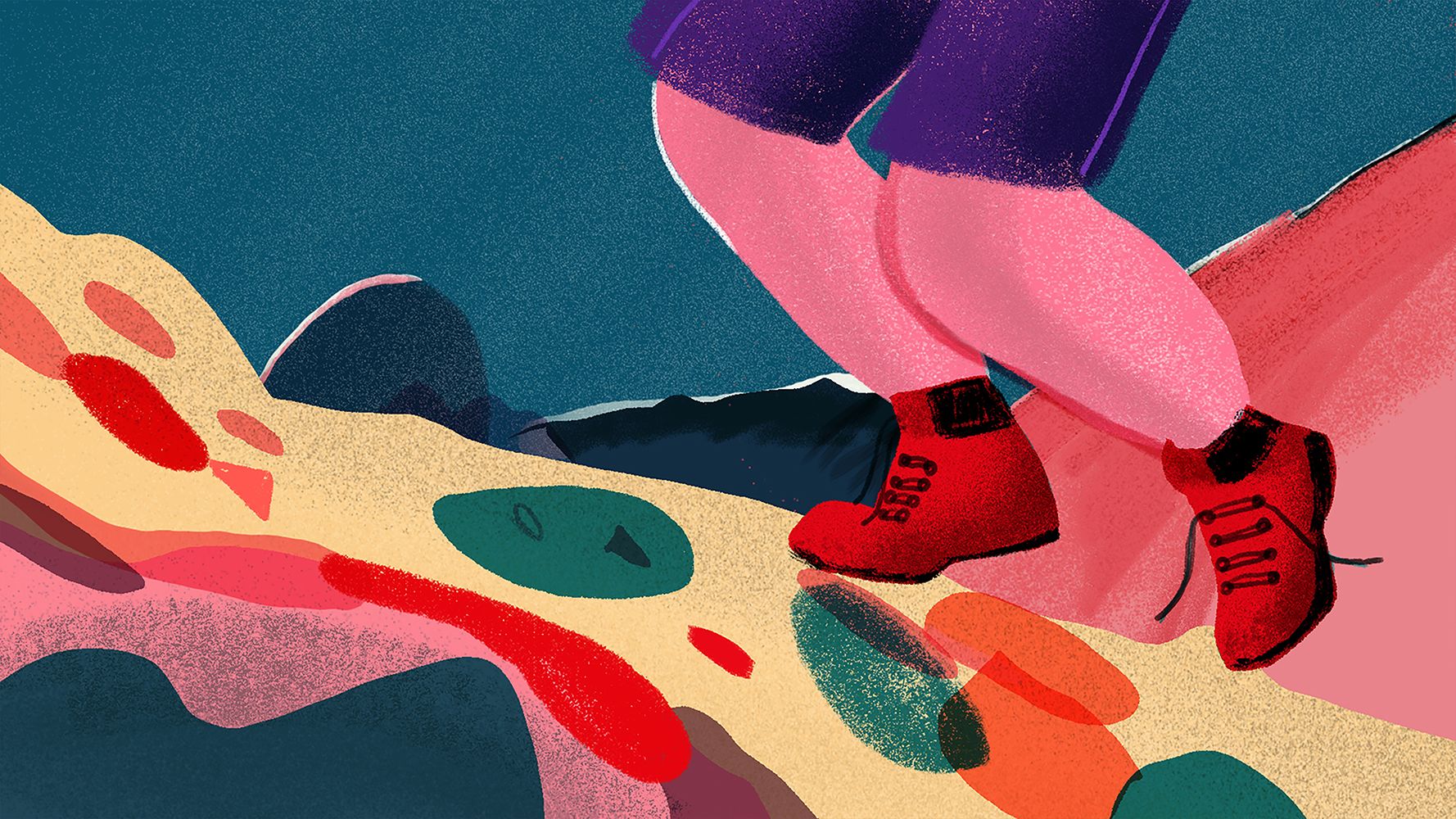
Any dream clients/dream jobs for 2021?
We are always keen to work with clients who have the same values and ethics and love to create something that might generate change or make people think. We really loved working with Ted and Frog and welcome similar projects about science, technology and what it means to be human. Something on our minds particularly at the moment is to work on a project about the environment and sustainability. (Hit us up David Attenborough!) And, as mentioned before, we’d love to get funding for our project about Women in Animation. It’s an important issue for us and we’d love to see it come to fruition!
What We Do
We specialise in bold visual content and brand storytelling.
